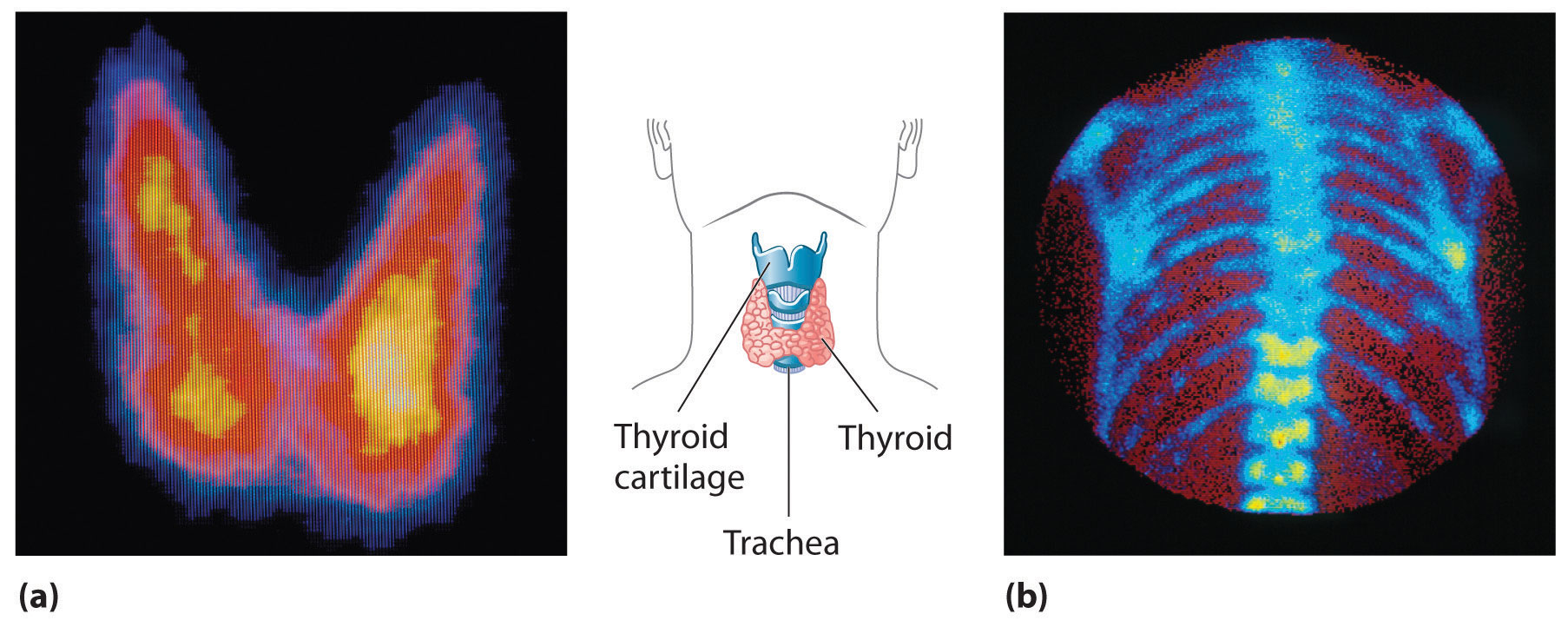About 'radioactive treatment for cancer'|Radiation Therapy For Prostate Cancer Treatment
Researchers at the Mayo Clinic in Jacksonville have released the results of a study that offers patients who have liver cancer that originated in another organ, a new and what looks to be a very successful treatment option. The new procedure involves placing tiny radioactive spheres into the liver by way of the blood supply. In their study, it halted the growth of tumors that had spread to the liver in 71% of the cases. This type of cancer is hard to treat because surgery is not an option when multiple tumors are involved. If this new treatment proves to be successful beyond the clinical trial just completed, it could be the only hope of stopping the growth of the tumor. The therapy is known as SIR-Spheres microspheres and was first approved by the FDA in 2002, but this study is one of the first to come up with results from a clinical trial. The therapy uses millions and millions of very tiny, about 1/3 the diameter of a human hair, polymer beads. The beads are filled with the radioactive element yttrium-90. The procedure is done by an intermentional radiologist who uses a catheter to place the spheres right into the heptic artery, which is the only one that supplies the liver with blood. Once inserted, the beads will deliver the radiation directly into the tumors for 11 days or so. In the trial just completed there were 20 patients who received microspheres at Mayo Clinic Jacksonville. In 75% of the patients, the entire liver was treated, and in the rest of the 25%, it was either one of the two lobes of the lever that was treated. At the four-week mark, they performed a CT scan to see what if any response there had been and found that in 71% of the patients, the tumors had actually decreased in size, and in follow up CT scans, the tumors were either smaller or less active. Most of the patients had very few side effects. Unfortunately, the cancer did progress in two of the patients and they died within three months, but in the patients who did respond to the treatment, there were no new tumors detected at the 10-month mark and liver function tests shows that the function has returned to normal or have stabilized. They have determined that the treatment works the best when the patient has a good blood flow to the tumors. They are planing to do a longer follow up to get an understanding of the overall effect. The lead researcher on the project is Laura Vallow, M.D. and the study was solely funded by the Mayo Clinic. Source: Mayo Clinic http://www.newswise.com/ |
Image of radioactive treatment for cancer
radioactive treatment for cancer Image 1
radioactive treatment for cancer Image 2
radioactive treatment for cancer Image 3
radioactive treatment for cancer Image 4
radioactive treatment for cancer Image 5
Related blog with radioactive treatment for cancer
- www.eurekalert.org/... Use of radioactive iodine for treatment of thyroid cancer on the rise...appropriate therapy for certain well... thyroid cancers, the benefit of radioactive iodine may not...
- ds-ladybugsandbees.blogspot.com/...before I could undergo any further treatment for thyroid cancer. Days later ... that I would have to have a radioactive iodine (RAI) treatment but that this could...
- stochasticscientist.blogspot.com/... chosen for its short half-life...now called ‘radioactive Listeria at ’ (RL). When cancerous mice ...mouse study doth not a treatment make. Writing...
- earl-linda.blogspot.com/...to go over the options for the treatment of Earl's prostate cancer. The first thing that happened... the internal radiation where radioactive "seeds" are ...
- healthtips110.blogspot.com/...never iodine uptake of radioactive iodine. Some small papillary cancers treated with...thyroidectomy may not need treatment, as well as iodine, but for a different reason. ...
- www.eurekalert.org/...ANN ARBOR, Mich. — Where thyroid cancer patients go for care plays a large role in whether they receive radioactive iodine treatment, a new study from the University...
- yuanadesukma.wordpress.com/...the disease. The Prostate Cancer Treatment Guide’s information can...as you formulate a plan for treatment. Brachytherapy ...that plants small radioactive seeds inside the...
- alldisease.blogspot.com/...treatment disfigurement. For those whose cancer is ...What types of treatment are used... radioactive sources into...
- cancer2858.blogspot.com/...disease without the need for surgery. Later stage cancers may require surgery...a prostate cancer treatment; internally and externally... of radioactive material directly into...
- dmannoseuk.wordpress.com/...Surgery – is the best treatment but it is applicable for low risk prostate cancer. Radiation therapy – this can...external beam rays or by radioactive seeding tumors...
Related Video with radioactive treatment for cancer
radioactive treatment for cancer Video 1
radioactive treatment for cancer Video 2
radioactive treatment for cancer Video 3








0 개의 댓글:
댓글 쓰기